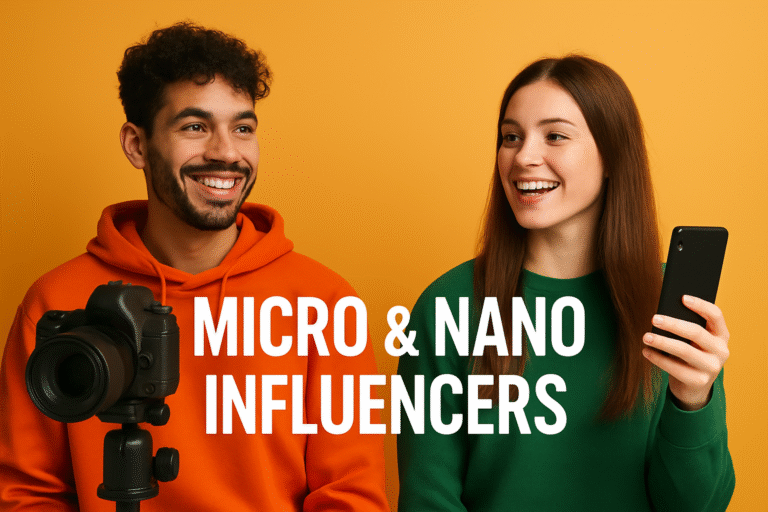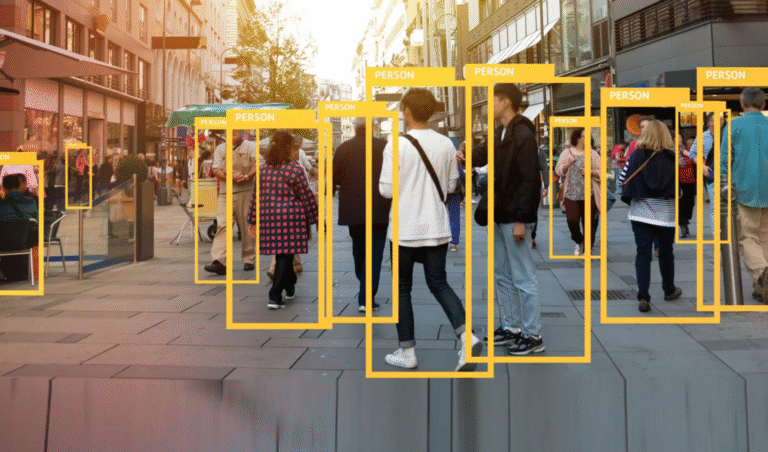Immersive & Emerging Technologies (AR/VR, Metaverse)
The digital landscape is evolving faster than ever — and one of the biggest revolutions reshaping marketing today is immersive technology. Augmented Reality (AR), Virtual Reality (VR), and metaverse experiences are transforming how brands connect with audiences.
No longer limited to screens or ads, brands can now create worlds where customers interact, explore, and experience products firsthand.
Welcome to the era of immersive marketing.
What Are AR, VR, and the Metaverse?
Before diving into strategies, let’s understand these key technologies:
- Augmented Reality (AR): Adds digital elements to the real world. Think of trying on glasses virtually or placing furniture in your living room using your phone.
- Virtual Reality (VR): Transports users to a completely digital environment — like touring a real estate property through a VR headset.
- Metaverse: A shared virtual universe that blends AR, VR, gaming, and social interaction. It’s where brands, consumers, and creators meet to interact in real time.
Together, these technologies redefine what “engagement” truly means.
Why Immersive Marketing Matters
Consumers are craving more than just content — they want experiences.
Traditional marketing grabs attention; immersive marketing holds it.
Here’s why it’s a game-changer:
- Deeper Engagement
Immersive content encourages users to interact instead of just watch. The result? Stronger emotional connections and higher brand recall. - Enhanced Product Understanding
With AR/VR, customers can visualize, test, and experience products in realistic ways — reducing purchase hesitation. - Memorable Brand Experiences
Experiences stick longer in memory than static ads. When users feel something, they remember it — and they share it. - Competitive Advantage
Few brands are using AR/VR marketing to its full potential. Early adopters stand out as innovators.
Real-World Examples of Immersive Marketing
- Virtual Try-Ons: Fashion and beauty brands let customers “try before they buy” using AR filters on apps and social media.
- Virtual Stores: Brands create 3D shopping environments where users can browse and purchase items virtually.
- Interactive Product Demos: Auto brands offer VR test drives; home decor companies show virtual rooms styled with their products.
- Metaverse Events: From concerts to brand launches, companies are hosting virtual experiences that attract millions globally.
How Businesses Can Adopt Immersive Marketing
You don’t need a huge budget or tech team to get started. Here’s how:
- Start Small with AR Filters
Create branded AR filters or lenses for platforms like Instagram and Snapchat. These are cost-effective and boost user engagement quickly. - Use Virtual Tours
Perfect for real estate, hospitality, and education — a 360° VR tour adds credibility and convenience. - Host Virtual Events
Webinars, launches, and expos in metaverse-like platforms give audiences an interactive experience beyond traditional video calls. - Collaborate with Tech-Driven Creators
Partner with influencers or creators who already produce AR/VR content to introduce your brand naturally. - Measure & Evolve
Track engagement metrics, dwell time, and conversion rates to see what works — and expand from there.
Challenges & The Road Ahead
Of course, immersive marketing isn’t without challenges — costs, technology access, and user adoption still vary. But as devices and platforms become more accessible, these barriers are rapidly shrinking.
Experts predict that by 2027, immersive content will be as common in marketing as video is today. Brands that start experimenting now will be miles ahead in crafting the next generation of customer experiences.
The Future Is Experience-First
Immersive and emerging technologies are not just tools — they’re storytelling frontiers.
They let brands create emotional, interactive, and unforgettable experiences that bridge imagination and reality.
In a world where attention spans are shrinking, experiences are the new engagement.
So, if your brand wants to lead the digital revolution — start by letting your audience step into your story.
Final Thought:
The future of digital marketing won’t just be seen or read — it will be lived.






